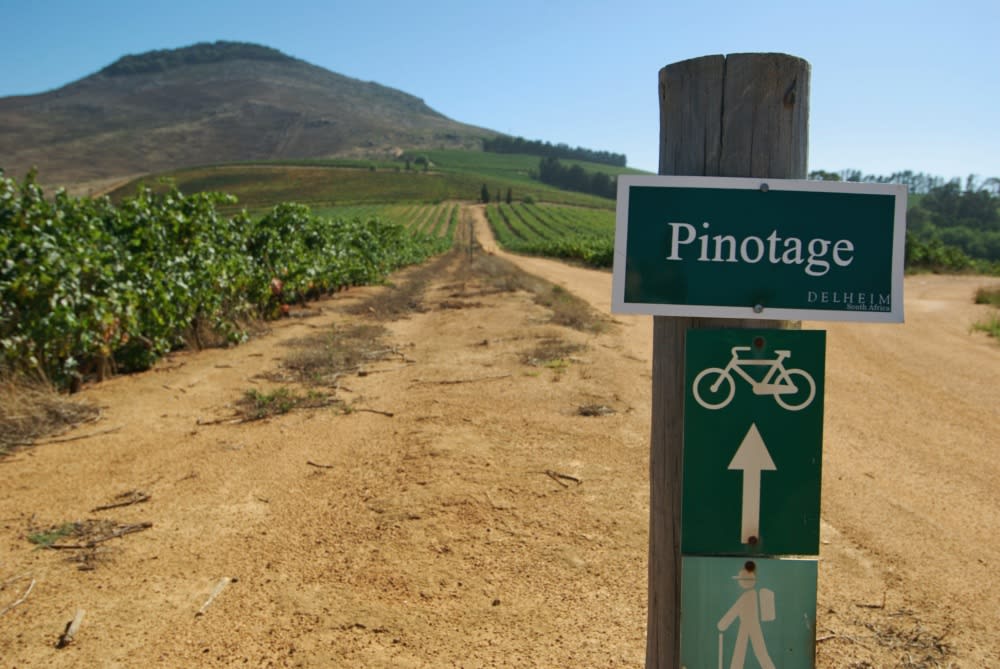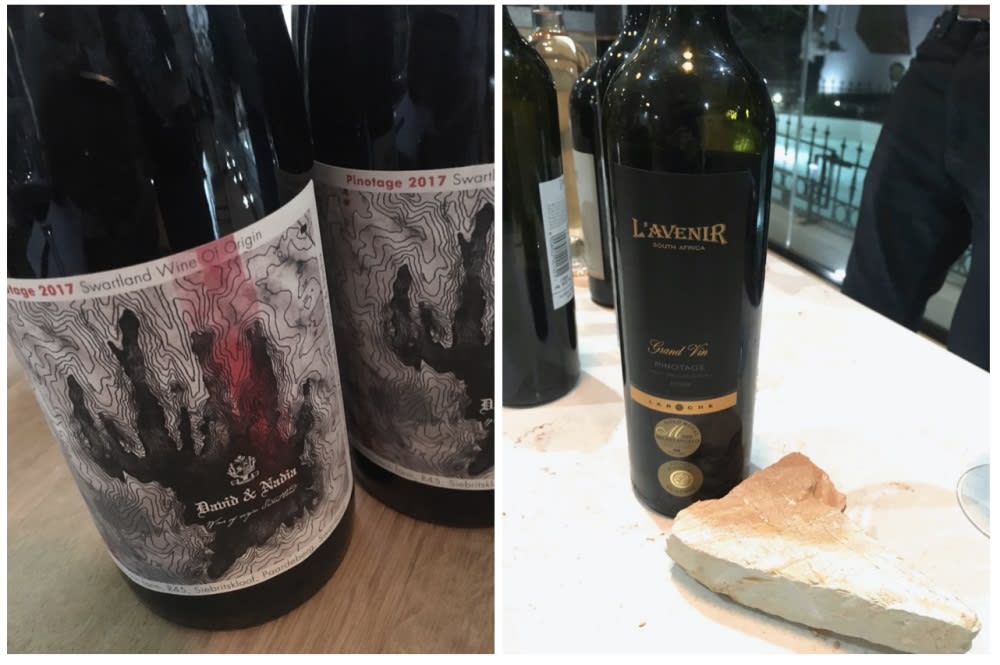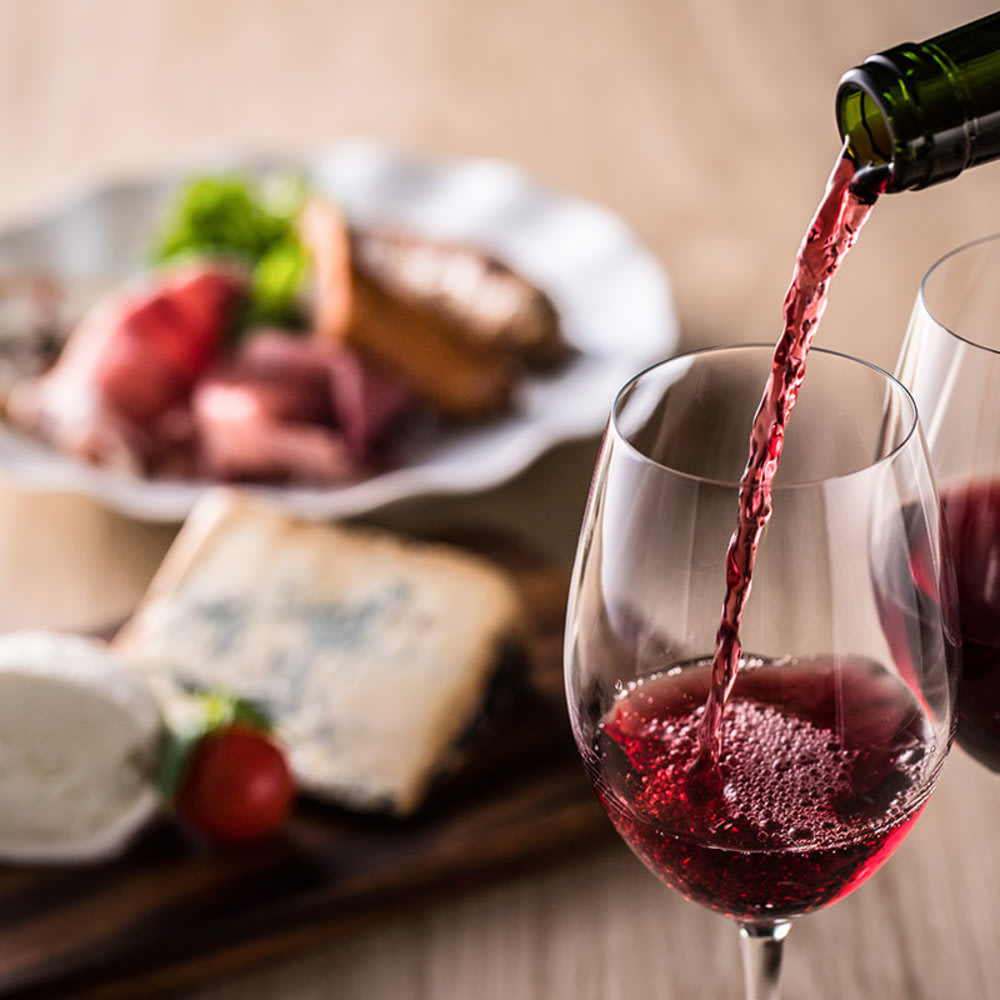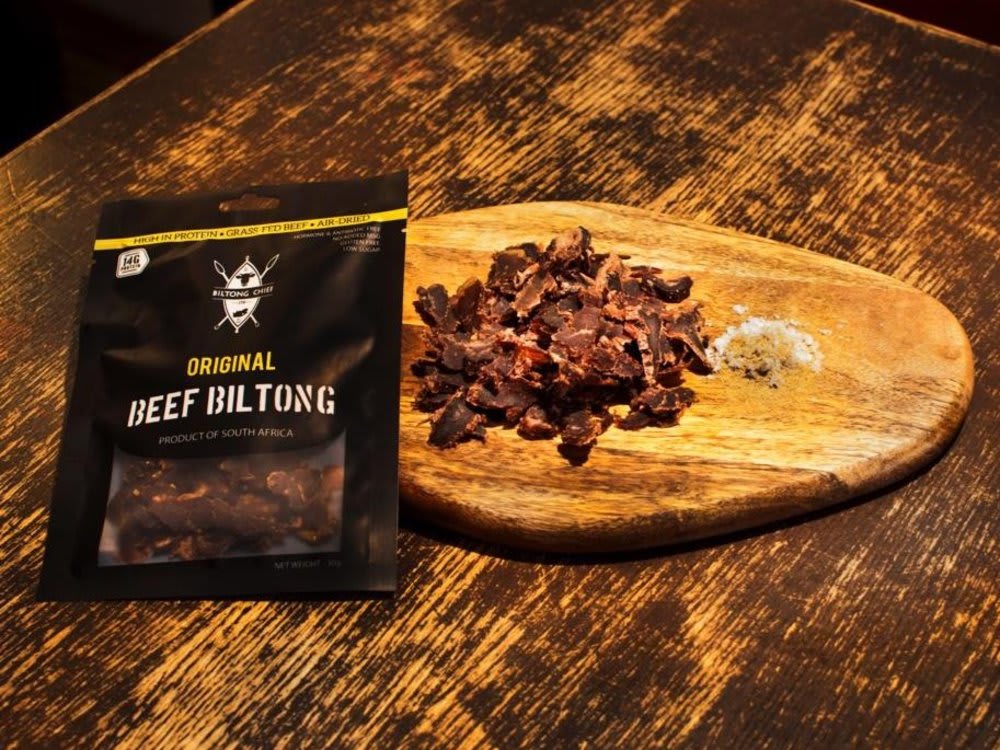There are thousands of wine-grape varieties in the world. Most have occurred naturally or have mutated from other varieties, but there are also varieties that are deliberately developed by scientists by crossing two varieties. The reasons for doing so are varied: to improve the growth of vines in challenging environments, to resist disease and to increase yields.
Pinotage is one such hybrid grape variety, developed in South Africa by professor Abraham Perold in 1925 when he used the pollen from Pinot Noir grapes to pollinate the flowers of Cinsault. Cinsault was then called Hermitage in South Africa, hence the name Pinotage. The aim was to produce a grape variety that combined the best qualities of the parent grapes, adapted to South Africa’s growing conditions.
Commercial planting of Pinotage began in the 1940s. The vines were healthy and vigorous, and the grapes ripened early, with high sugar levels. The wine showed a deeper, more intense ruby colour than its parents and had vibrant fruit characteristics. Unfortunately, some producers overworked the grapes as if it was a Cabernet Sauvignon and made highly extracted, heavy Pinotage with burnt rubber and acetone notes, drawing negative comments from consumers, wine critics and even winemakers.
In 1995, the Pinotage Association was established with the aim of improving the quality of the wine. The quality of Pinotage made a U-turn some 15 years ago when winemakers, both young and experienced, finally had a better grasp of the variety. Pinotage is now in a phase where winemakers are focusing on specialisation, diversity and authenticity.
Thanks to the varied topography of the Cape Winelands, Pinotage has different expressions depending on where it is planted, either close to the ocean or up in the mountains. Single-vineyard Pinotage reflects the terroir, while old-vine Pinotage shows depth and elegance. After all, the father of Pinotage is Pinot Noir, the prince of French red grape varieties!
Pinotage is versatile and can be made into Cap Classique (South African sparkling wine), rosé, easy-drinking red and serious age-worthy bottles that can complement various cuisines. A lighter approach in cellars allows the wine to reveal more of its Pinot Noir characteristics, while suitable oak treatment adds a touch of power to the wine without being aggressive. Its agreeable tannin goes well with the sauces and spices used in Chinese cuisine, while its fruity flavour supports the spicy herbs in Southeast and South Asian dishes.
In addition to South Africa, small quantities of Pinotage are grown in New Zealand, Australia and the USA.
The second Saturday of October is the annual Pinotage Day (this year it falls on 10 October). MyiCellar will be running a Pinotage promotion from 1–10 October where over 80% of the Pinotage available in Hong Kong will be showcased under one roof. They have also put together a few discovery packs, with South Africa’s favourite biltong and other snacks as free gifts. Wine lovers can sample the different styles of Pinotage and experience South African culture at the same time.
If you are one of those who dismisses Pinotage, this is the chance to change your mind.
For more wine articles like this, like Foodie on Facebook











